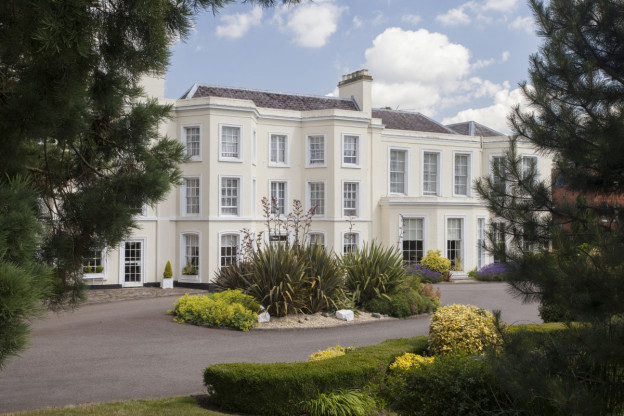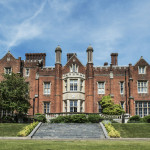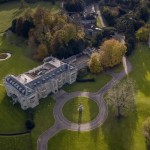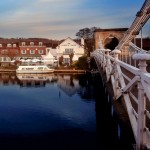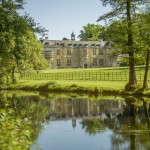Michael Edwards time travels back to Georgian times to sample a great British afternoon tea
Afternoon tea with its colourfully ornate cakes and pastries has always verged on the edge of recognition as fine art. In The Tea Room at Burnham Beeches Hotel afternoon tea has now become a science too.
Every table has three timers. Grains of sand fall for either two, three or five minutes so that your chosen tea brews for exactly the right time. Sandwiches are cut, crusts removed, with engineering precision. This is the Golden Age for the Great British afternoon tea.
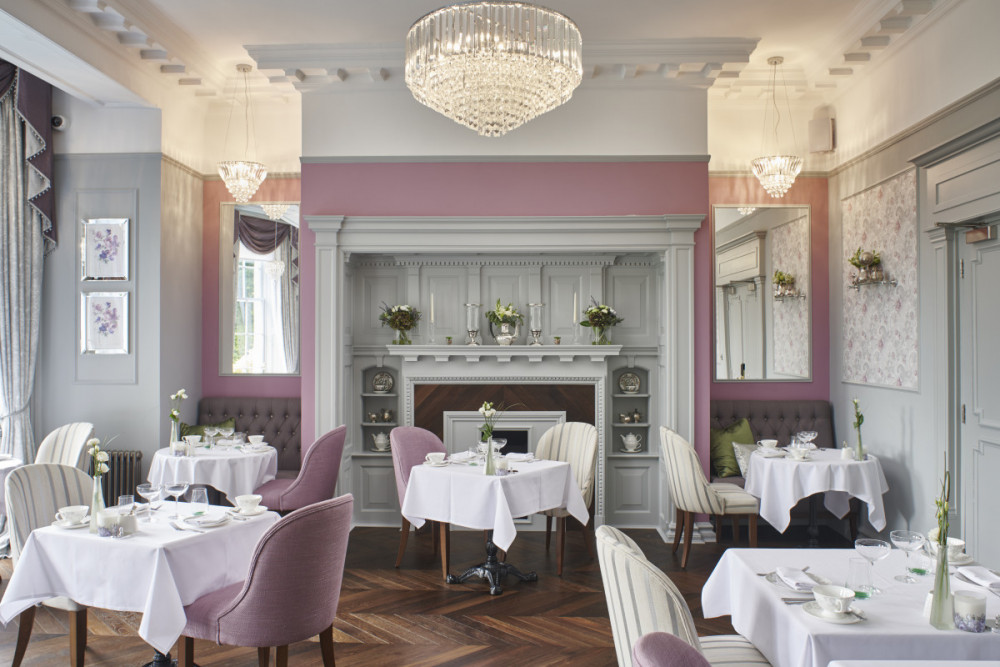
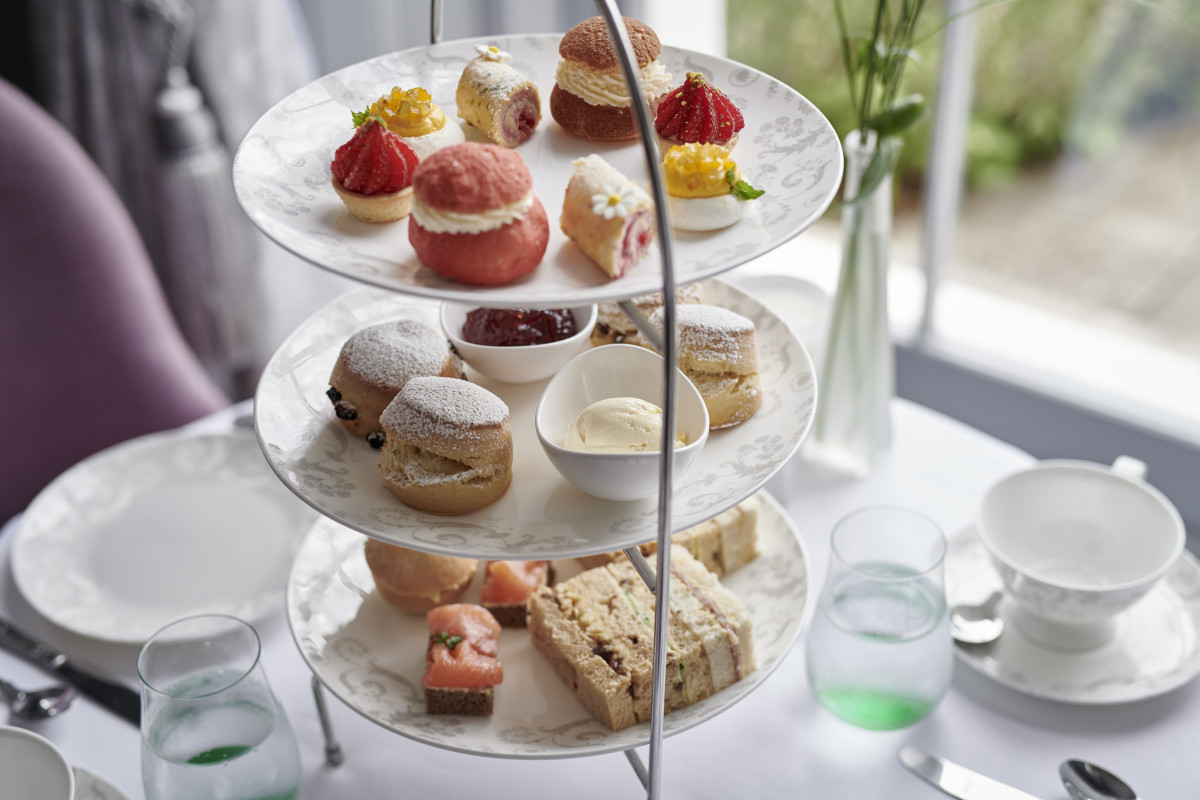
You almost expect a tea sommelier to recommend whether Chai, Darjeeling, Earl Grey, English Breakfast or peppermint best complements the flavour of your egg and cress sandwiches.
From the tall sash windows of the Tea Room, framed by silver curtains topped by soft-plum window scarves, there is the quintessential view for afternoon tea, acres of traditionally striped English lawn.
This could be a scene from a Henry James novel.
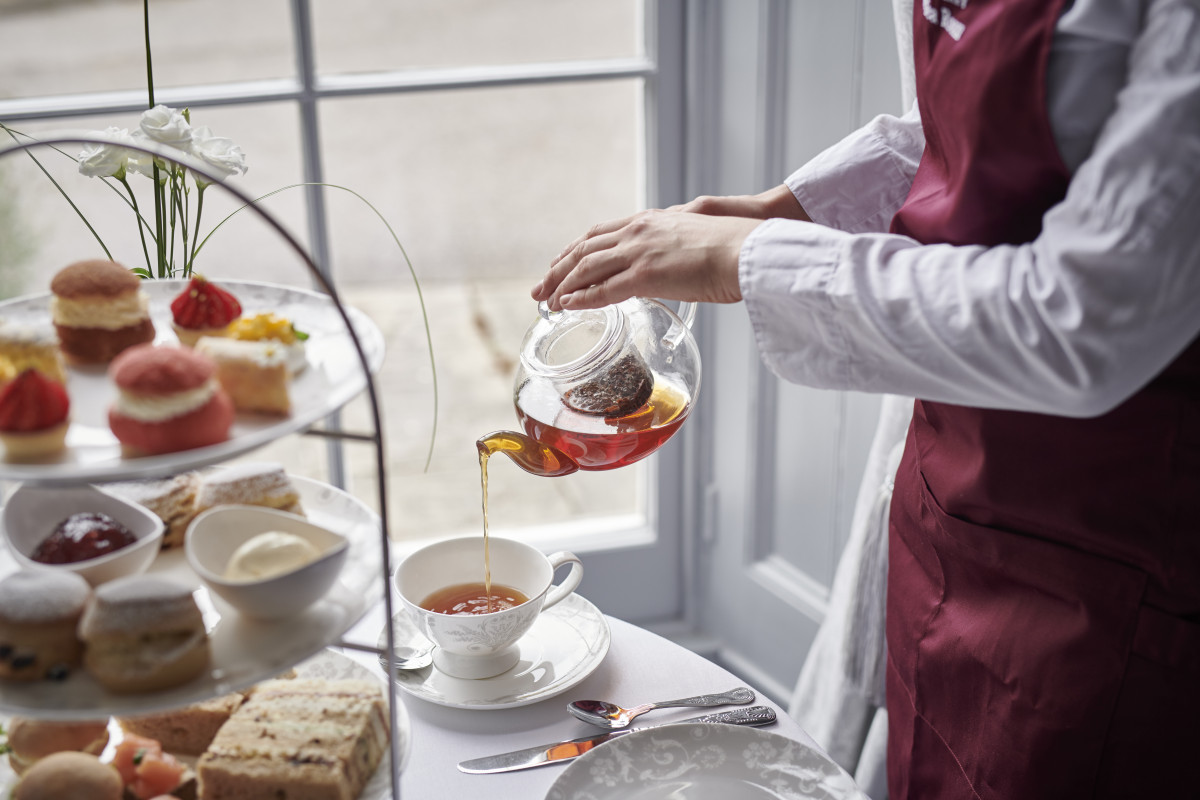
Here, nestling in rural peace, on the Buckinghamshire and Berkshire county border there is a menu for afternoon tea. Traditional afternoon tea with tea or coffee.
Prosecco tea. Champagne tea. Or a vegan tea where the sandwiches feature fillings such as Lebanese hummus and beetroot. Nor is the next generation of tea-eaters forgotten. The Burnham Beeches Hotel begins its essential culinary education with a children’s afternoon tea.
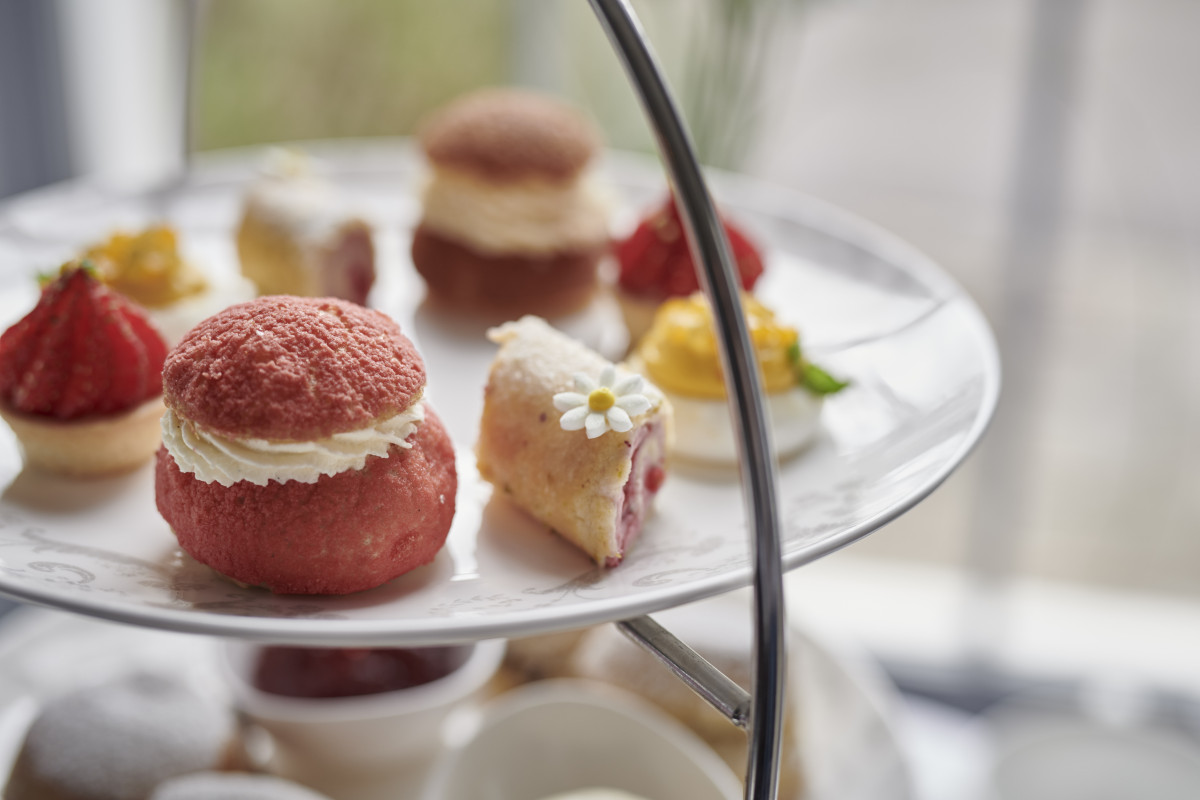
Taking in the Georgian themes of the soothing dove grey Tea Room, classical balance and space, you would be forgiven for thinking that this Great British afternoon ritual dates back to the days when a George sat on the throne. Like buses, three of them came along in quick succession in the 18th century. You wait a millennium for a King George and then …
Although Charles ll and his restoration courtiers had made tea fashionable it was not until Victorian times that cake and sandwiches became popular.
Tea clippers, like the Cutty Sark, with acres of sails billowing, raced pricey cargoes back to Blighty. Then Anna, the 7th Duchess of Bedford felt “a sinking feeling” between breakfast and dinner. Her hunger pangs became a fashion, across a British Empire where the tea leaves never settled.
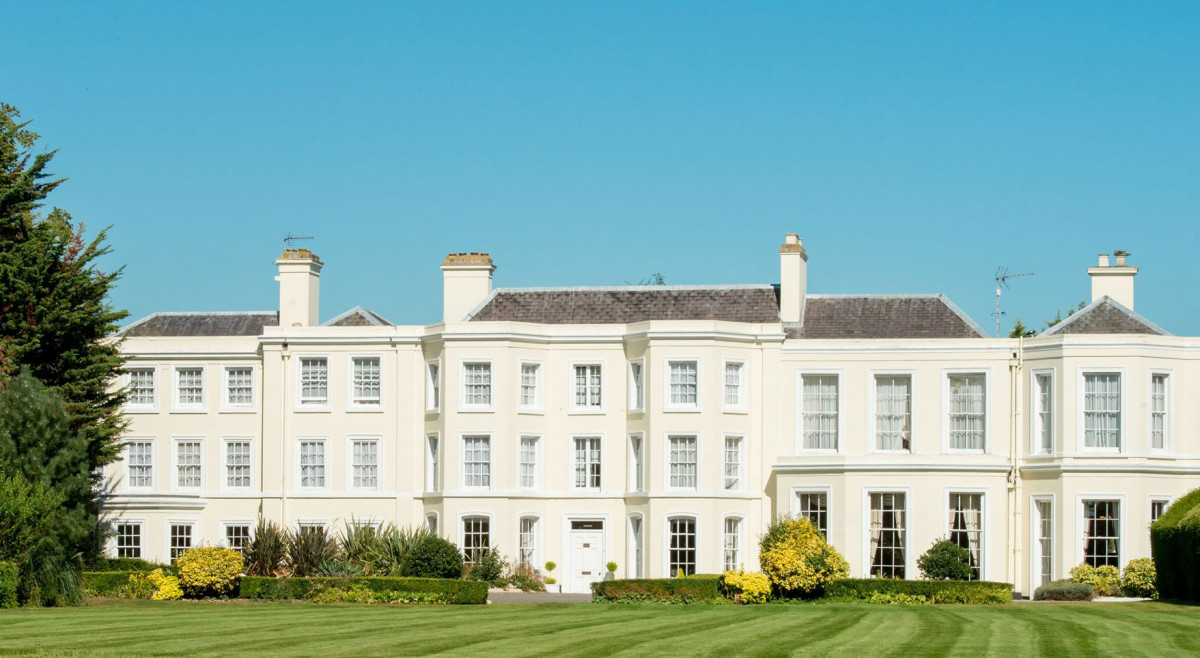
Since 1727, this elegant white Georgian house has provided rest and refreshment. Within the many acres of Windsor Park, it began life as a hunting lodge, sometimes giving repose to passing royals.
By 1965, it had become a hotel. Now the original house is given over to the public rooms on the ground floor. They include the two AA rosette Oak Restaurant and the 1727 Brasserie where the buffet breakfast is served. On the first floor, the Soul Spa is the place to unwind with body polishes, facials and massages. Georgian rooms and suites keep faith with the history of the neo-classical house.
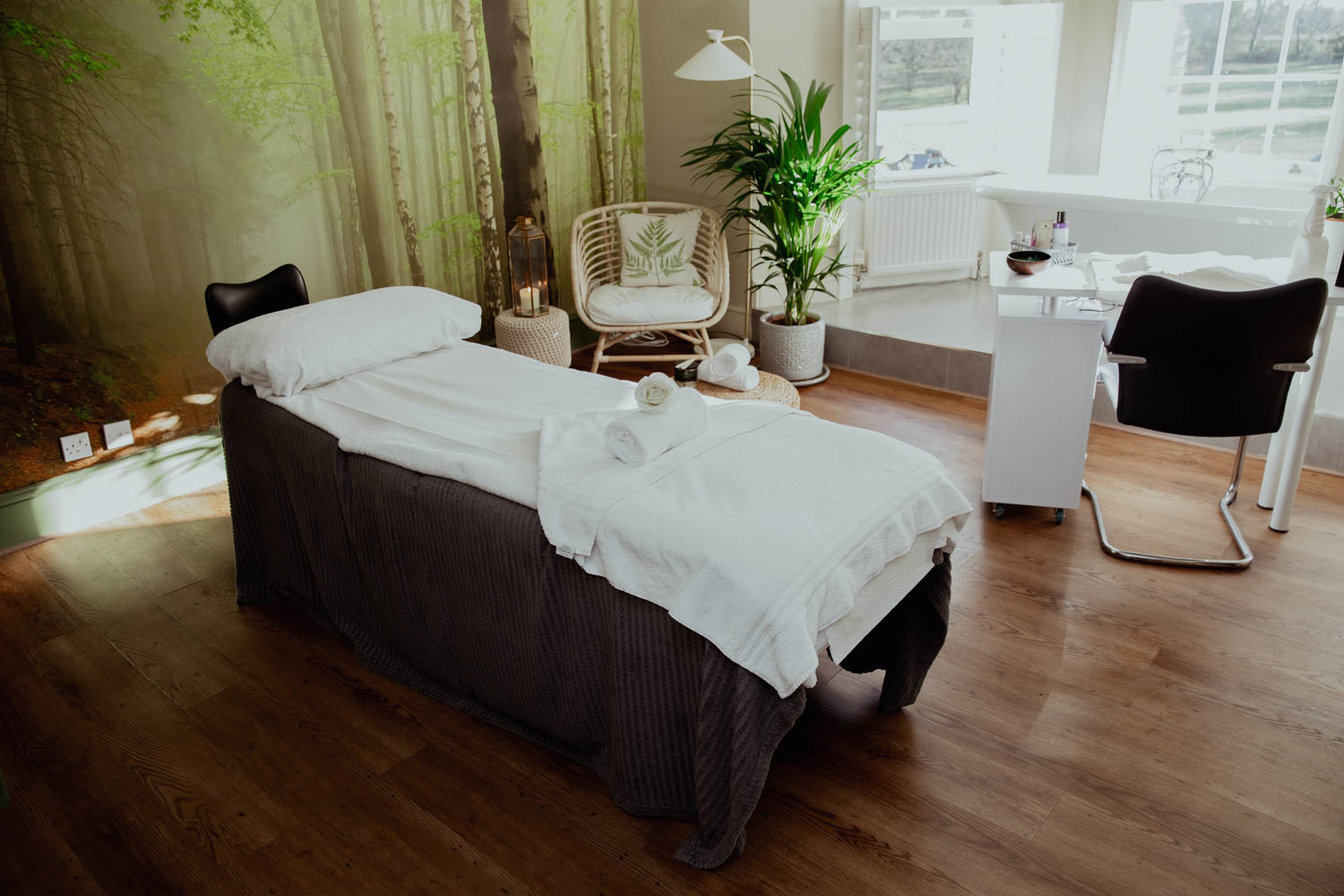
A newer wing hosts a warm indoor pool, jacuzzi and gym. Above are more of the hotel’s bedrooms. Deluxe rooms, with their entrance hall, have a generous Georgian concept of space. There is room for a six-foot-wide bed, a writing desk and a small dining table with two chairs.
Although the palette of soft greys is distinctly 2022, there are retro touches with a telephone featuring a dial and a very 1950s looking radio artfully disguising its true digital nature.
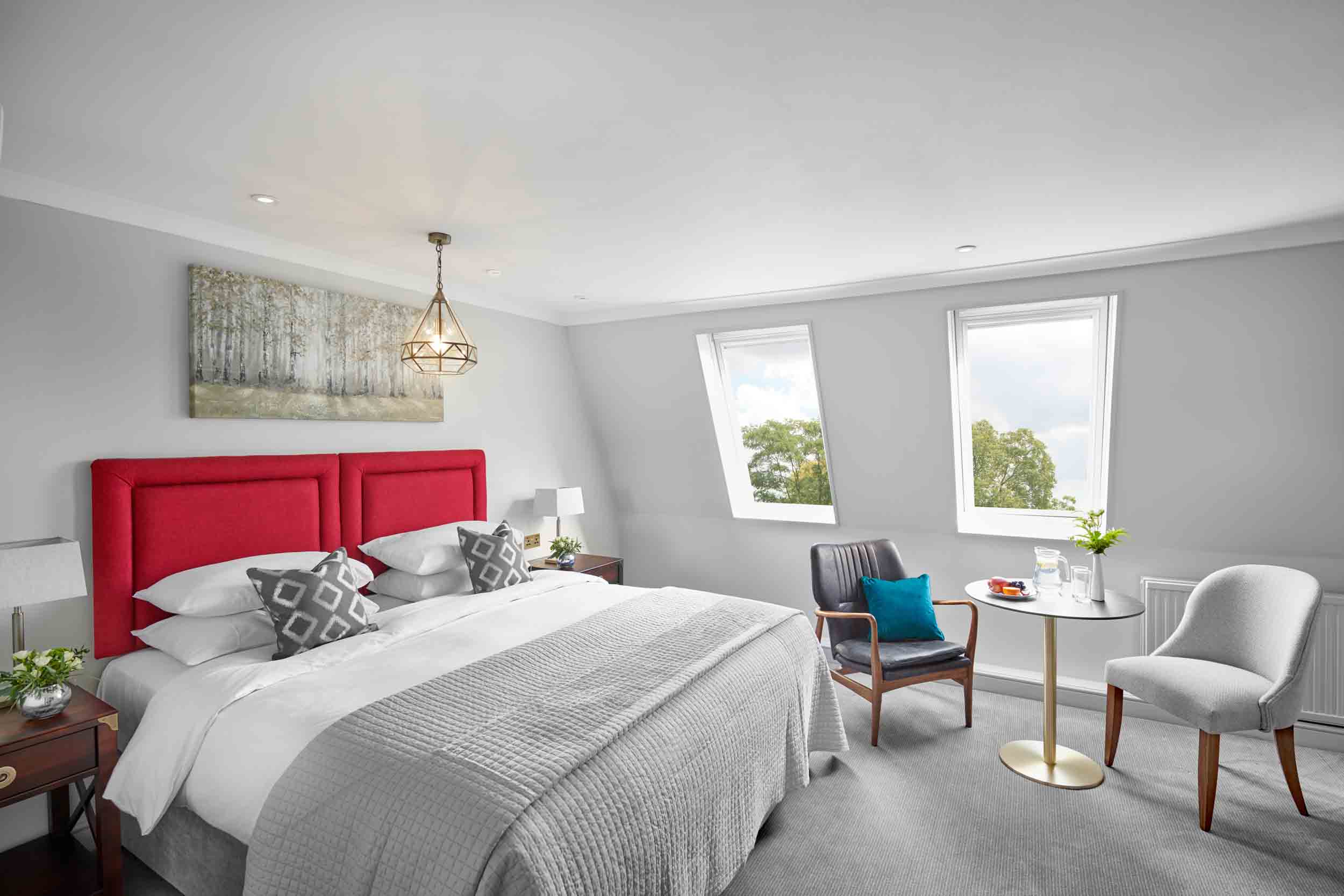
This is a hotel well-positioned for exploring the charms of the Thames Valley. Windsor Park has shrunk since the days of the Georges but it is still just a short drive away. Walks meandering through the ancient woodland of Burnham Beeches are temptingly close. Nor is it far to Windsor and its castle.
Burnham Beeches is no longer quite as rural as way back in 1737. Then, after a visit to the house, Thomas Grey felt inspired to write his famous “Elegy written in a country churchyard”. Yet, it is a surprisingly rural pocket of tranquillity recalling Georgian elegance.
Tell Me More About Burnham Beaches Hotel
Burnham Beeches Hotel, Grove Road, Burnham SL1 8DP
T: 01628 429955
E: reception.burnhambeeches@corushotels.com
Cost: From £90 for a double room including breakfast. Afternoon tea from £27

